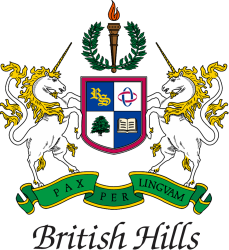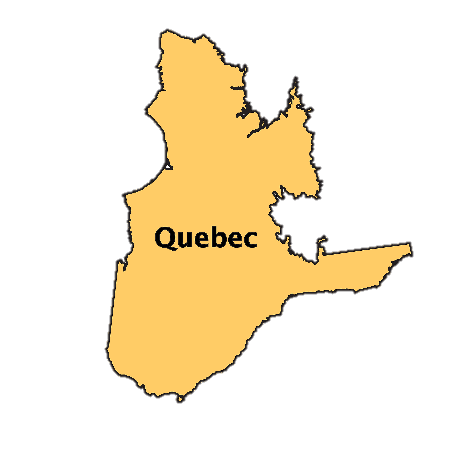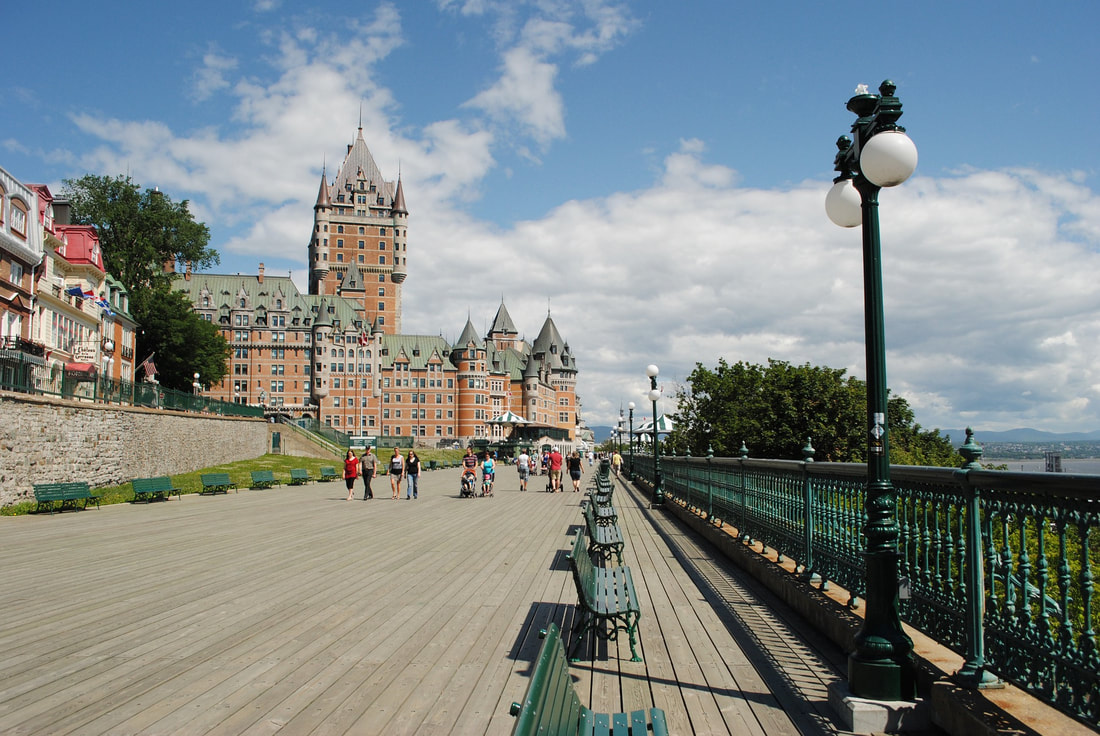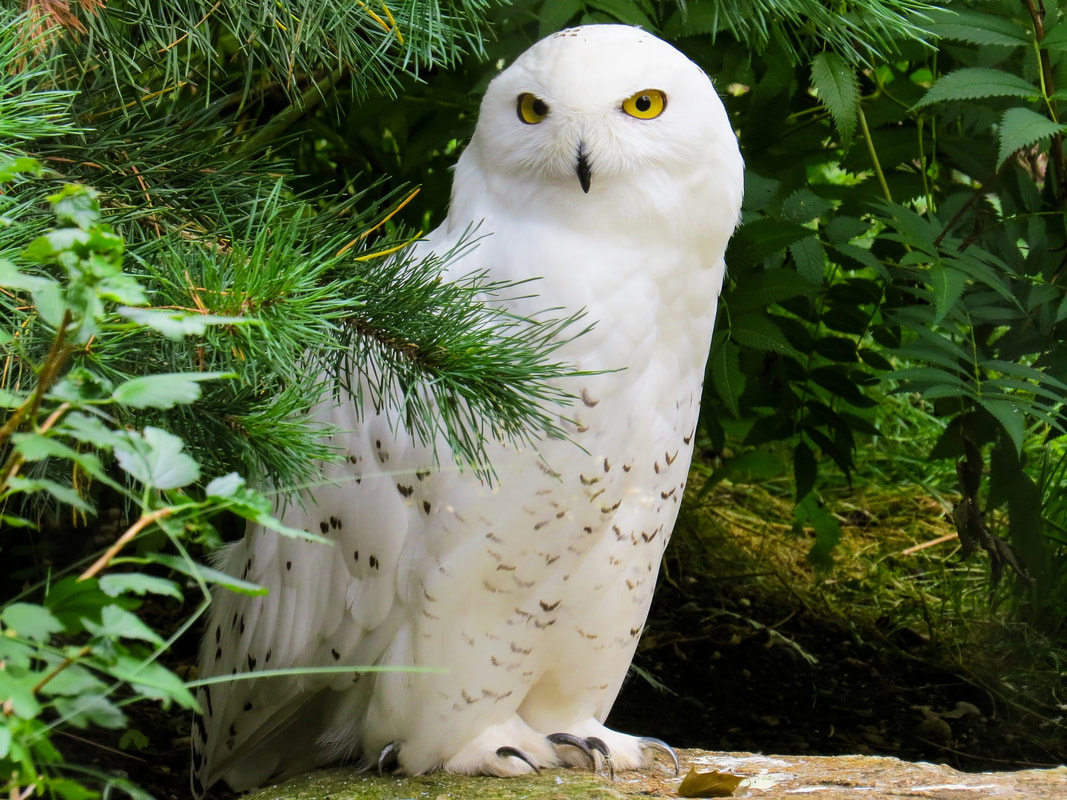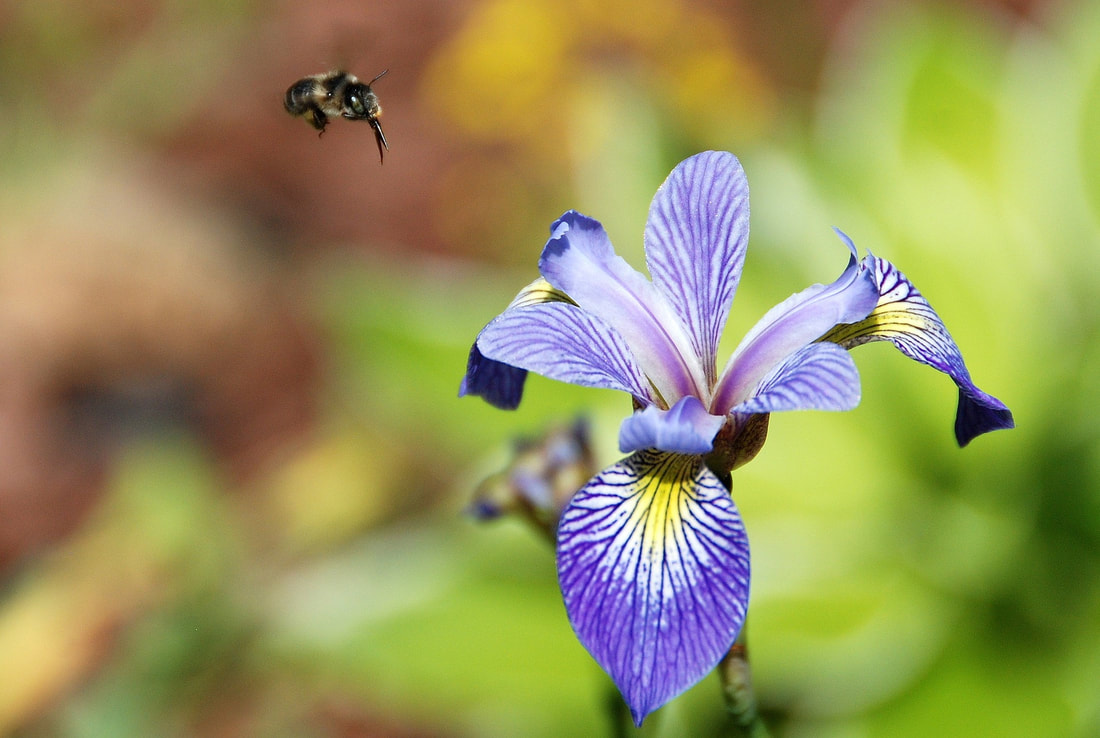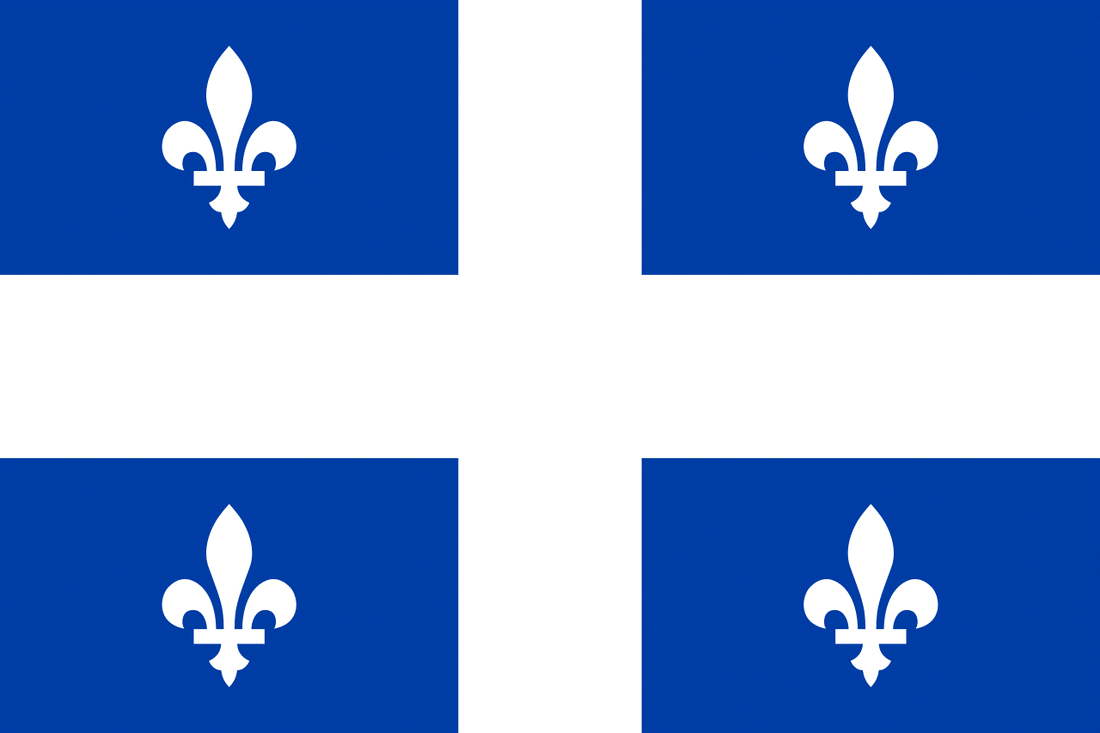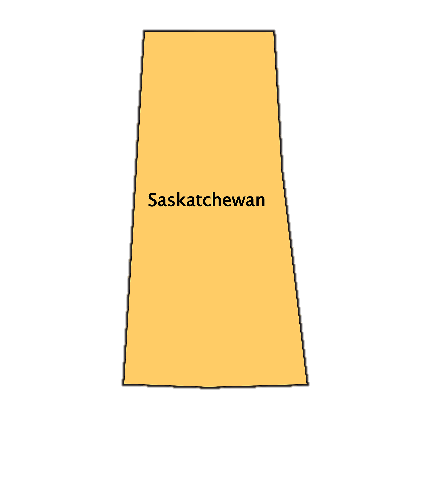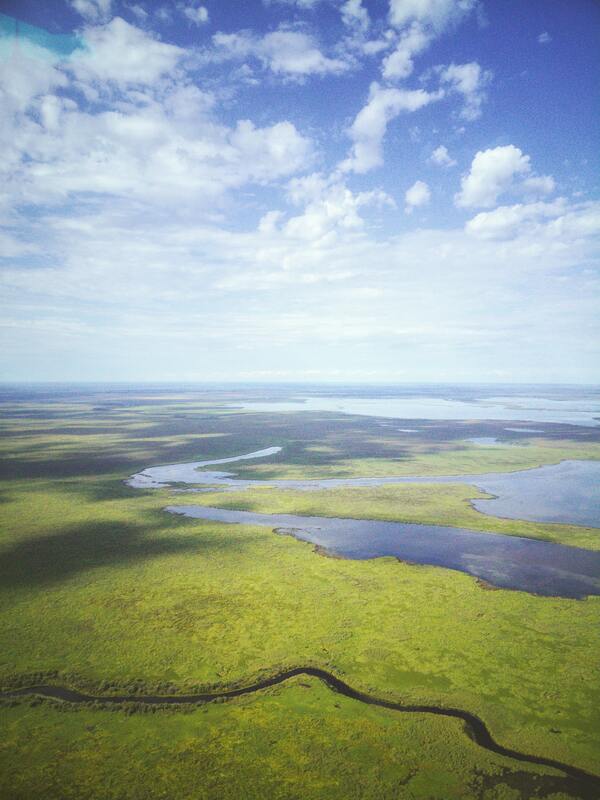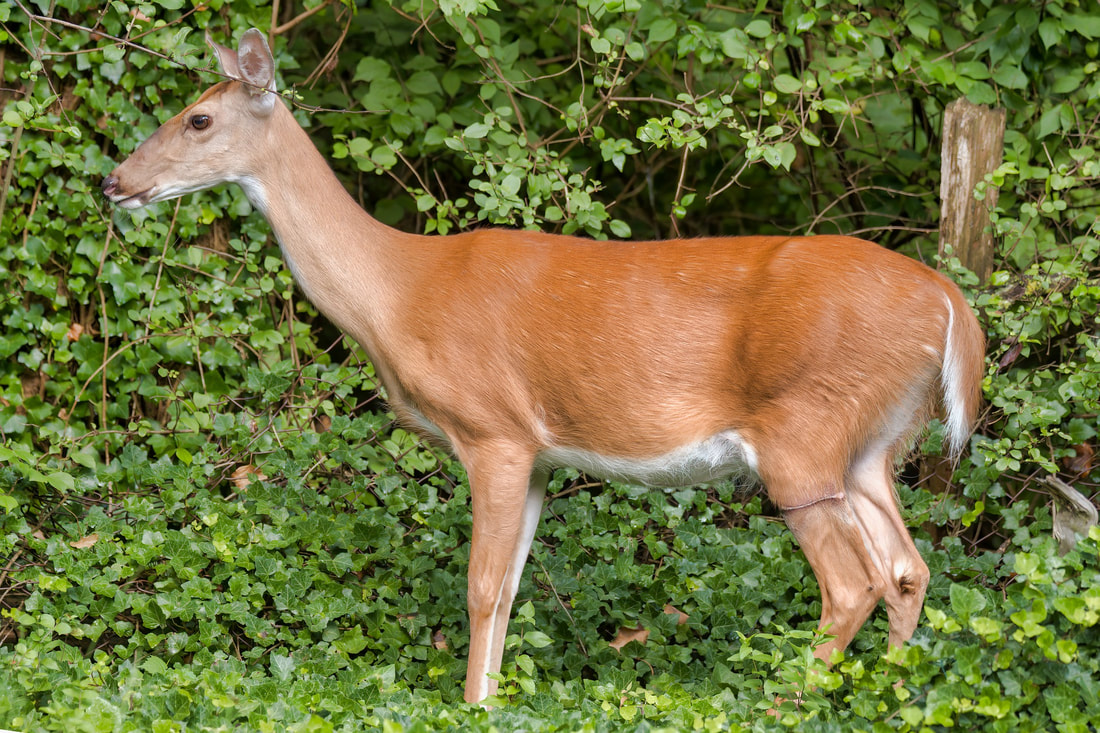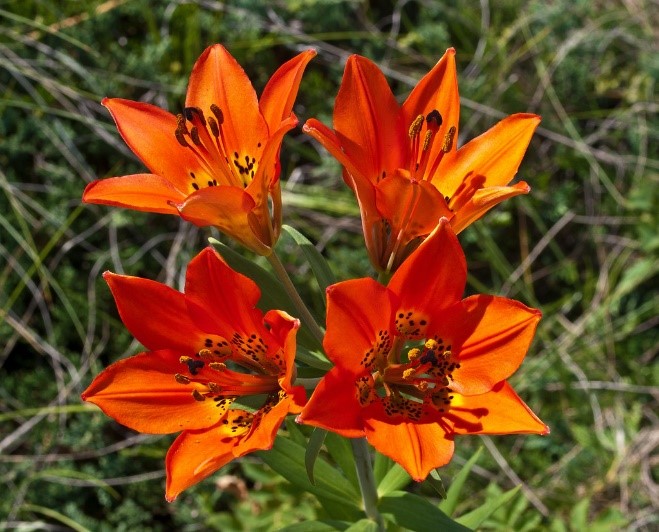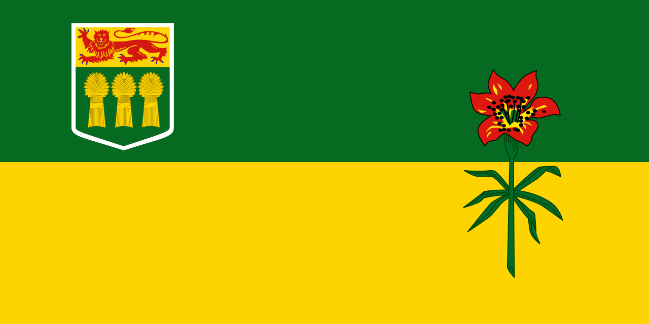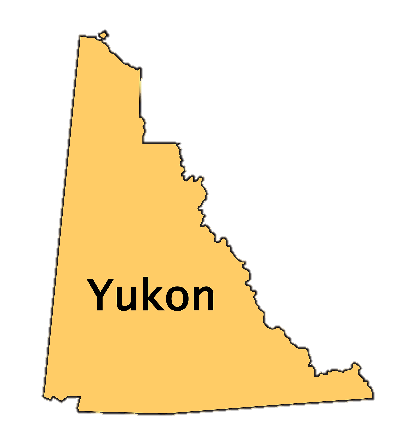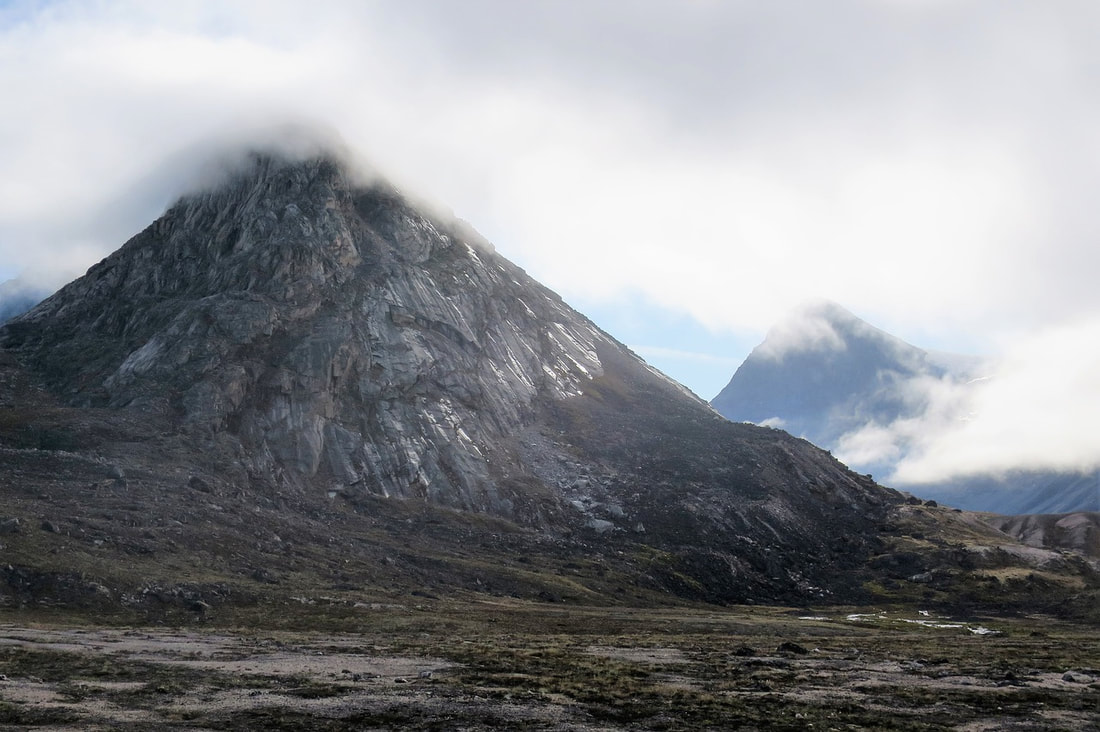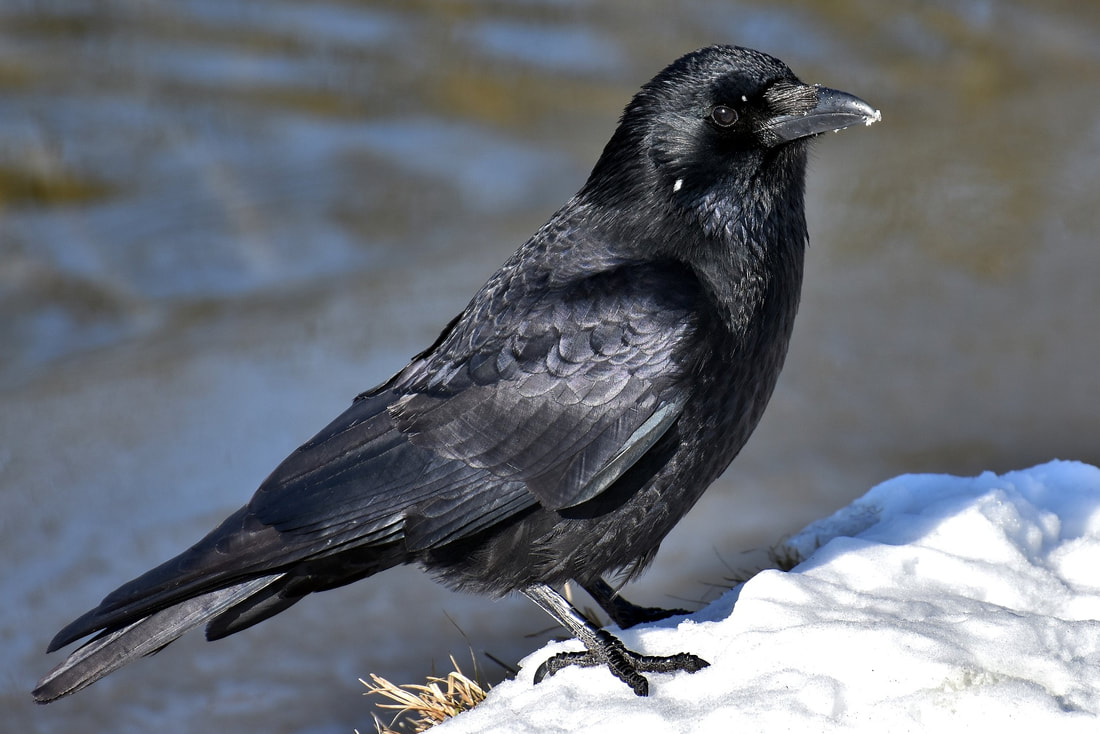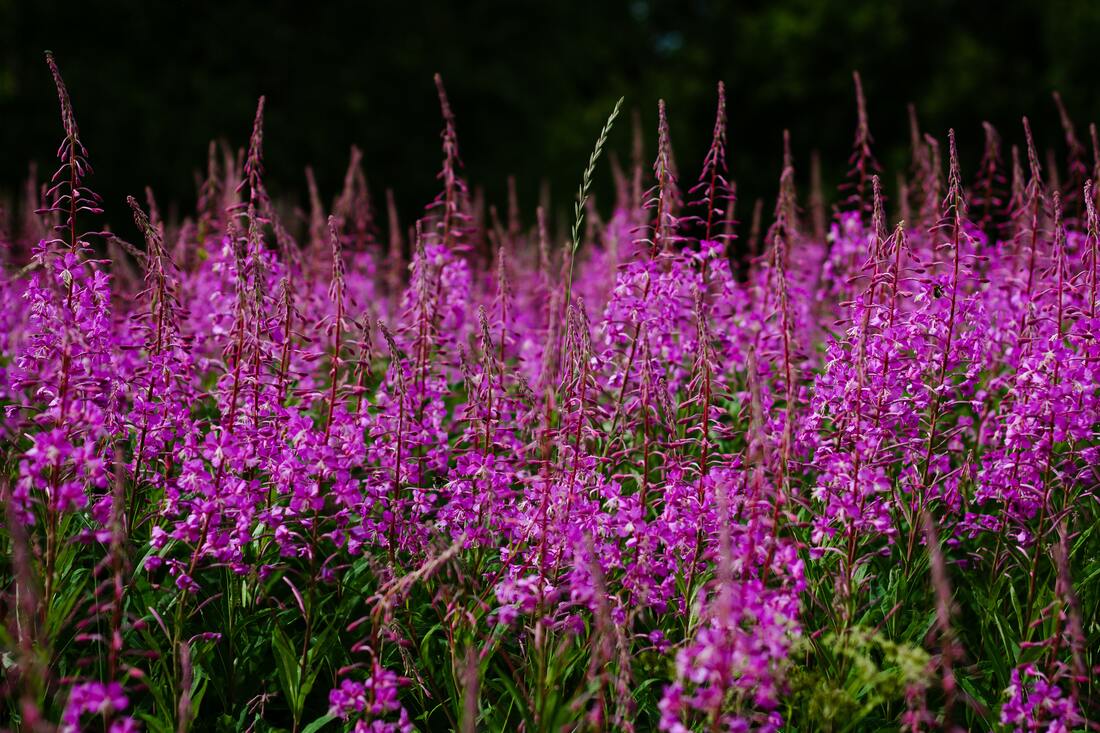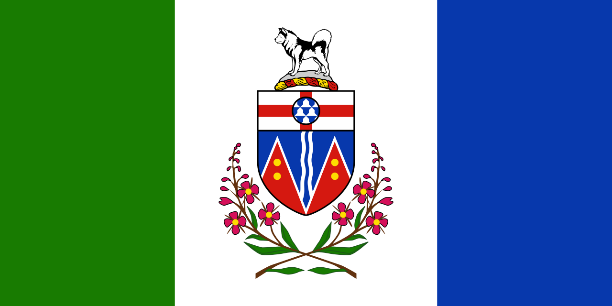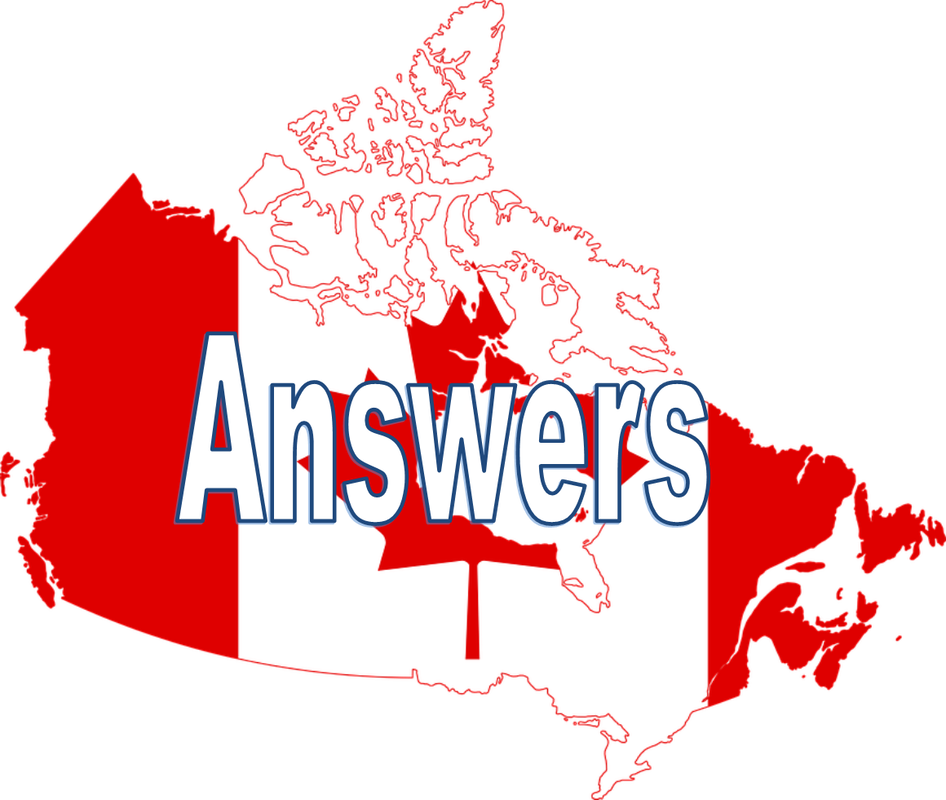|
Quebec was one of the first areas of Canada to be explored and settled by Europeans, particularly the French. Quebec was under French rule for nearly 200 years. Today, French is predominantly spoken throughout the province. Quebec is known for its bustling historical cities, Montréal and Québec City, as well as beautiful countryside. Provincial capital: Québec City |
|
Saskatchewan is one of the three Prairie Provinces. Its name comes from the Cree word Kisiskatchewanisipi, meaning “swift-flowing river.” Due to its abundance of rivers, lakes, and sunshine, Saskatchewan is a wonderful place to enjoy the beauty of the Great Plains. The province is predominantly farmland used for growing canola, which causes fields to bloom bright yellow in the summer, and wheat. In fact, 60% of Canada’s wheat is produced here, earning it the nickname ‘the breadbasket of Canada.’
Provincial capital: Regina |
|
The provincial flower is the western red lily. These flowers grow best in moist meadows, so Saskatchewan is the perfect place for them. Along with Nova Scotia, Saskatchewan has an official fruit: Saskatoon berry. Similar to blueberries but a bit more tart, Saskatoon berries are used to make a popular Canadian dessert called Saskatoon pie. |
|
The Yukon is one of Canada’s three northern territories. It shares its western border with the American state of Alaska. Many of the settlements in the Yukon, including Whitehorse and Dawson City, were created during the famous Klondike Gold Rush of the late 1800s when over 100,000 people came to the area searching for gold. These days, the Yukon’s total population is less than half that number. Sparsely populated and full of rugged mountains, the Yukon is a fantastic place for outdoor activities like hiking and mountaineering. It is also famous for its hot springs and view of the Northern Lights, which can be seen 240 nights of the year. Territory capital: Whitehorse |
